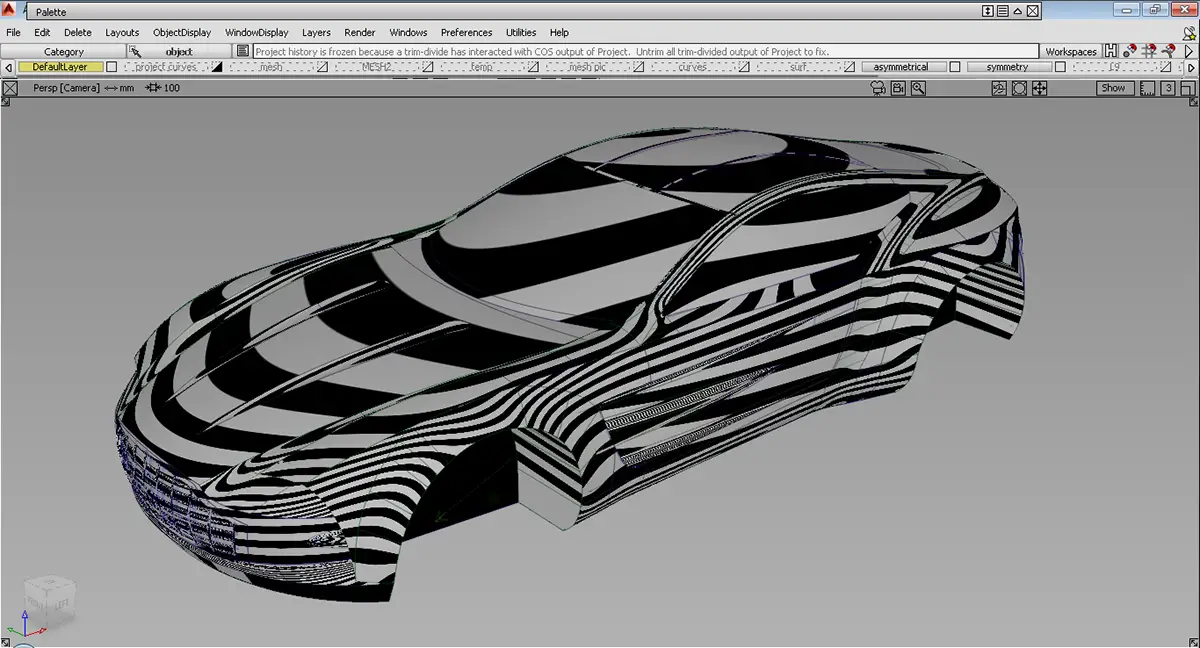Reverse Engineering In Fashion: Decoding Designs

Executive Summary

Reverse engineering in fashion involves analyzing and replicating successful designs to create similar or improved products. Brands can gain competitive advantages by understanding the key elements and techniques that make a design successful. This detailed article explores the methods, benefits, and considerations associated with reverse engineering in the fashion industry.

Introduction
In the dynamic landscape of fashion, innovation and creativity are key to staying ahead. Brands are constantly seeking ways to create unique and appealing designs that resonate with consumers. Reverse engineering has emerged as a powerful tool in this pursuit, allowing brands to gain insights into the elements that make successful designs work. By dissecting and replicating successful designs, brands can create similar or improved versions, accelerating their product development cycles and meeting the evolving demands of the market.
1. Understanding Reverse Engineering in Fashion
Reverse engineering in fashion entails breaking down an existing design and analyzing its components, including fabrics, patterns, construction techniques, and styling elements. This process helps designers comprehend the rationale behind design choices, enabling them to replicate and adapt these elements into their creations. Reverse engineering empowers designers to draw inspiration from successful designs without directly copying them, sparking innovation and fostering continuous improvement.
2. Design Analysis and Replication
A key aspect of reverse engineering is analyzing the original design’s materials, construction, and styling elements. This involves dissecting the garment, identifying its components, and understanding how they fit together. The analysis also involves studying the garment’s fit, drape, and overall aesthetic, providing designers with a comprehensive understanding of the design’s strengths and weaknesses.
3. Adaptation and Customization
Once a design is analyzed, it can be adapted and customized to create a new and unique product. Adapting the design may involve modifying patterns, fabrics, or embellishments while maintaining the core elements that made the original successful. Customization can involve adding personal touches or incorporating unique features to appeal to a specific customer segment.
4. Quality and Cost Considerations
Reverse engineering presents opportunities to improve upon the quality of the original design by selecting higher-quality materials or employing more intricate construction methods. It also offers chances to optimize production costs by identifying more cost-effective materials or simplifying construction processes, resulting in a better product at a more competitive price point.
5. Ethical and Legal Considerations
Reverse engineering involves the replication of designs, which raises ethical and legal considerations regarding intellectual property and copyright laws. Designers must ensure they are not directly copying or infringing upon the rights of the original designer. Ethical considerations involve respecting the creative efforts of the original designer and giving due credit. Proper research and attribution are crucial to avoid legal or ethical pitfalls.
Conclusion
Reverse engineering has become an integral part of the fashion industry, enabling brands to leverage successful designs and adapt them to meet their unique needs and preferences. By analyzing and understanding the elements that make a design successful, brands can innovate and create products that appeal to consumers. While reverse engineering provides valuable opportunities for learning and improvement, it is essential to approach it with ethical considerations and respect for designers’ intellectual property.
Keyword Phrase Tags:
- Reverse engineering in fashion
- Design analysis and replication
- Adaptation and customization in fashion design
- Quality and cost considerations in fashion design
- Ethical and legal considerations in fashion design

This is very interesting indeed. I never thought about reverse engineering in fashion before. It’s a fascinating concept, and I’m eager to learn more about it.
This is a load of rubbish!!! Reverse engineering in fashion is nothing new. People have been doing it for centuries. There’s nothing special about it.
This post misses an important point. Reverse engineering in fashion isn’t just about copying designs. It’s also about understanding how and why those designs were created. This understanding can be used to create new and innovative designs.
The author of this post clearly doesn’t know what they’re talking about. Reverse engineering in fashion is a complex and challenging process. It’s not something that can be done overnight.
Oh, the irony. The author of this post is talking about reverse engineering in fashion, but they’ve clearly never done it themselves. This post is nothing but a collection of buzzwords and platitudes.
This post is so full of itself. The author is acting like they’ve discovered some great secret, but reverse engineering in fashion is nothing new. It’s been going on for years.
This post is hilarious. The author is trying to make reverse engineering in fashion sound like some kind of magical process, but it’s really not. It’s just a matter of taking something apart and putting it back together again.
This post is okay. It’s a good overview of the basics of reverse engineering in fashion. However, I would have liked to see more detail about the actual process.
I really enjoyed this post. It’s well-written and informative. I learned a lot about reverse engineering in fashion.
This post is interesting, but I don’t think it’s as important as the author makes it out to be. Reverse engineering in fashion is a niche topic that most people won’t care about.